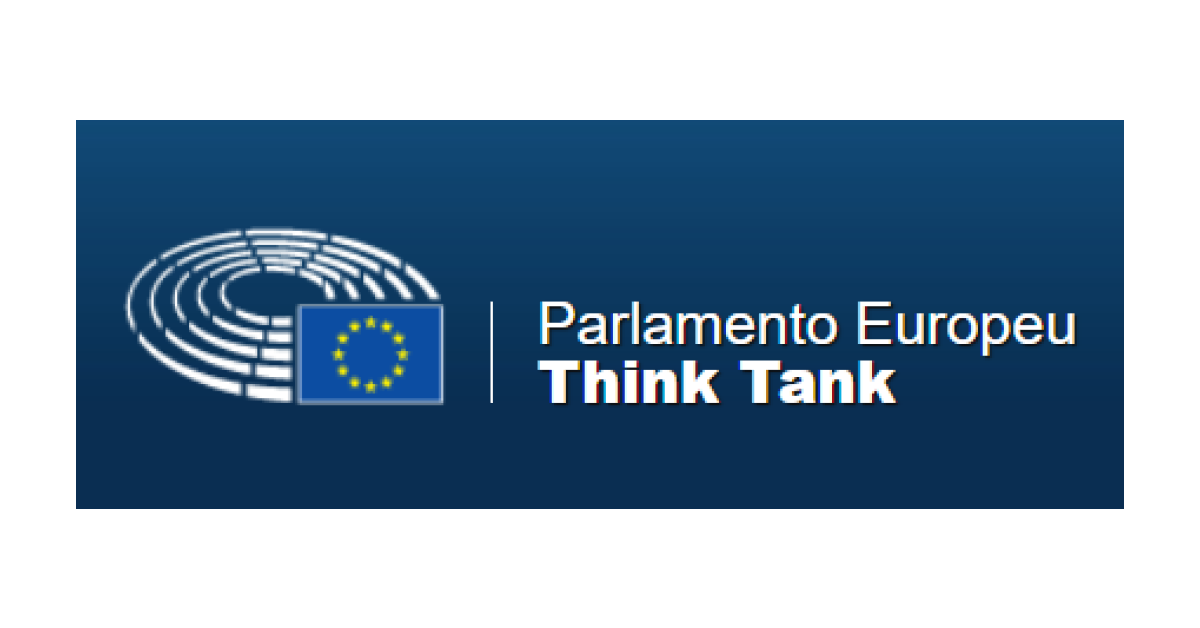The EU is largely self-sufficient in agricultural products, thanks to its common agricultural policy (CAP). However, the EU livestock sector is critically dependent on imports of plant-based proteins for animal feed, especially soybeans, from Argentina, Brazil and the United States (US). The links between protein imports and deforestation, on the one hand, and the substantial greenhouse emissions (GHG) from animal farming, on the other, are also lending greater prominence to the use of plant-based proteins in human nutrition. The European Union (EU) has long aimed to reduce its protein import dependency, but Russia’s invasion of Ukraine has exacerbated the need to shield EU agriculture from price volatility and trade disruptions. At their informal meeting in Versailles of March 2022, EU leaders identified ‘increasing the EU production of plant-based proteins’ as a means to improve the EU’s food security and reduce food prices. Further to this high-level political declaration, the European Commission is expected to review its protein policy in the first quarter of 2024, reviving hopes for a comprehensive EU protein strategy. Some of the proposals being considered to close the EU’s protein gap include encouraging the domestic production of protein-rich crops, which have received substantial support in the CAP national strategic plans for the 2023-2027 period. Diversifying the available protein sources for food and feed is another way of reducing the EU’s deficit. These sources include microbial, insect and seaweed proteins. Finally, greater efficiency and circularity in the way food is produced and consumed would also contribute to the EU’s protein self-sufficiency and to mitigating the environmental footprint of its agri-food sector. The European Parliament’s Committee on Agriculture and Rural Development (AGRI) has prepared a draft report on a European protein strategy (rapporteur: Emma Wiesner (Renew, Sweden). Some 716 amendments to the draft report have been submitted ahead of the vote in the AGRI committee.
→ Aceda aqui ao documento ←
O artigo foi publicado originalmente em Think Tank – Parlamento Europeu.
























































Discussão sobre este post